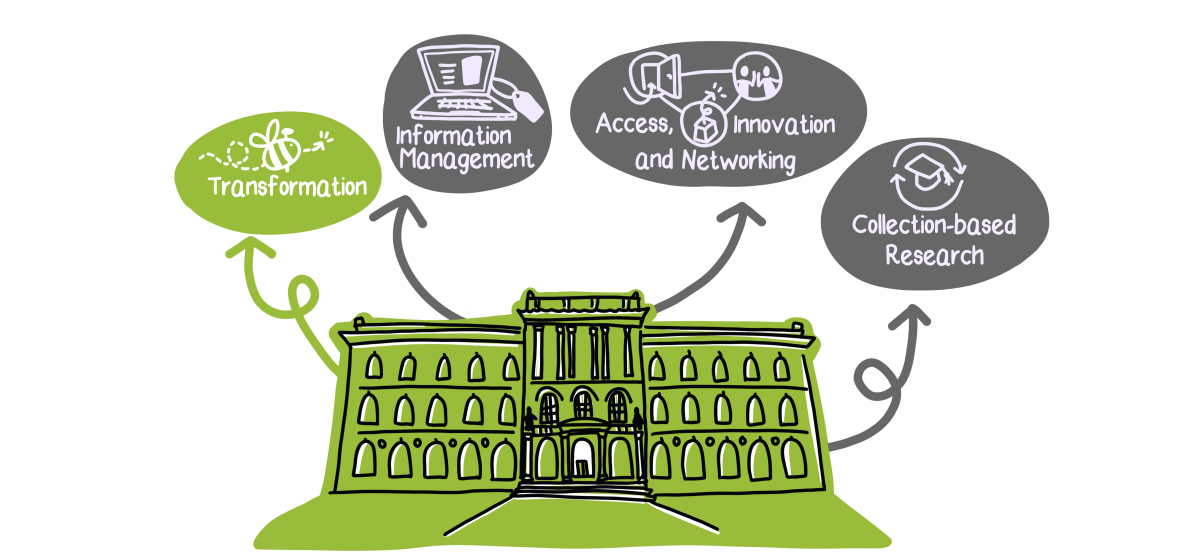
Subproject of the project Collection Discovery and Development
If the various research opportunities are to be exploited, the physical collection must be kept digitally accessible and up to date. This is not yet the case for all 30 million collection objects. That’s why our Transformation subproject aims to get these objects into a good and sustainable condition and to record them in a uniform, standardized, and digitally referenced catalog. To achieve this, we are working closely with the Information Management subproject and the Collection Management department.
Four transformation areas and the technology development area are dedicated to this task. We are working on basic cataloging: that means that we inspect the objects, evaluate their condition, renew their storage system if necessary, and prepare them for relocation as part of the Future Plan. We draw up a plan to efficiently digitize the objects and their core data, and we decide on the necessary technical requirements. There are different approaches, depending on the type, size, and number of objects.
For example, the vertebrate transformation area must inventory 80,000 skulls representing all mammals, from mice to elephants, and their data. One challenge is that the information for some skulls has been written in ink on the bones themselves. The mollusk collection in the invertebrate section comprises around seven million specimens, including mussels, snails, and cephalopods. With the Fraunhofer Institute for Factory Operation and Automation (IFF), we have developed a high-throughput scanner to produce high-quality images, and a tool to rapidly collect the basic data in a standardized way.
In the coming years, we also want to digitally record the insect collection and rearrange it in contemporary collection boxes. The insect collection is the museum's largest subcollection with 15 million specimens. In cooperation with the company Picturae, we’re putting 500,000 Hymenoptera (bees, wasps, and ants) on a digital conveyor belt to be photographed and cataloged. In the digitize! special exhibition at the Museum für Naturkunde, visitors can see for themselves how this project is going.
In the transformation area for texts, images, and audio-visual materials, we’re dealing with text materials such as historic collection catalogs, books, labels, but also other media content such as recordings of animal sounds. Some archive items are very large, and some are extremely fragile, so we need to use various specialized devices. For some handwritten objects, scanning is not enough. Instead, we and our partners are testing different transcription methods from manual transcription to partially or fully automated procedures. One example is the Bees & Bytes transcription project in collaboration with the Access, Innovation, and Networking subproject. For this participative format, we’re teaching citizen scientists to transcribe handwritten labels and actively support us in digitizing the collection.
Beyond basic cataloging, the Digitization on Demand service sends special inquiries to the collection transformation managers for processing. In addition, we are working with the Collection-based Research subproject to develop more in-depth digitization and indexing processes for certain object groups in order to answer specific research questions.
The technology development area researches suitable devices for these complex tasks and provides the technology. With partners and service companies, we try out different approaches and occasionally develop new ones. For example, we designed a modular system comprising different, interchangeable elements such as lamps, tripods, and cameras. Depending on the object’s type and size, this system can be used much more flexibly than a closed system. In the near future, we will increasingly be using semi or fully automatic 3D scanners that can simultaneously scan larger objects while creating 3D models of these objects.